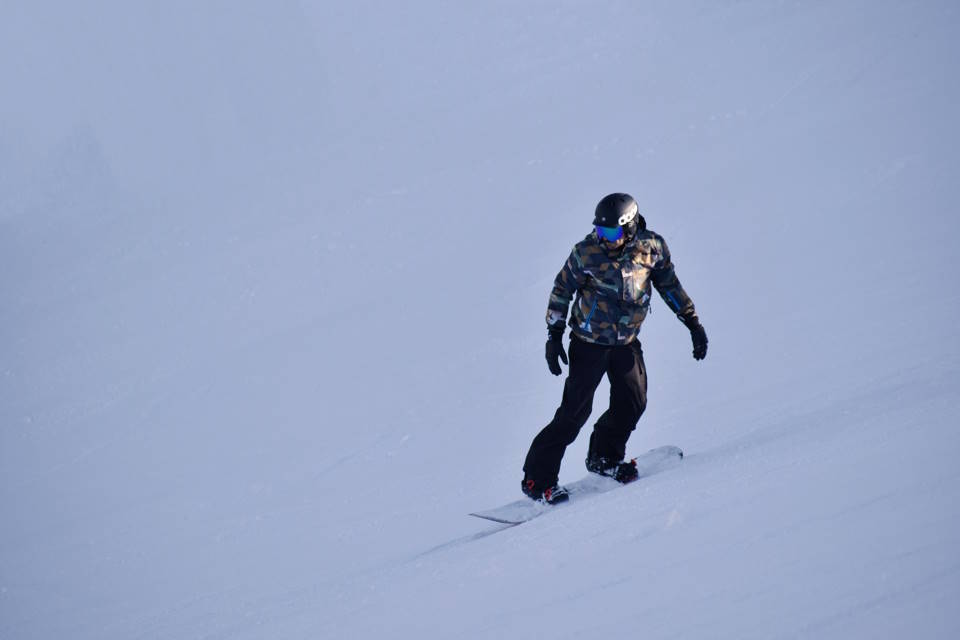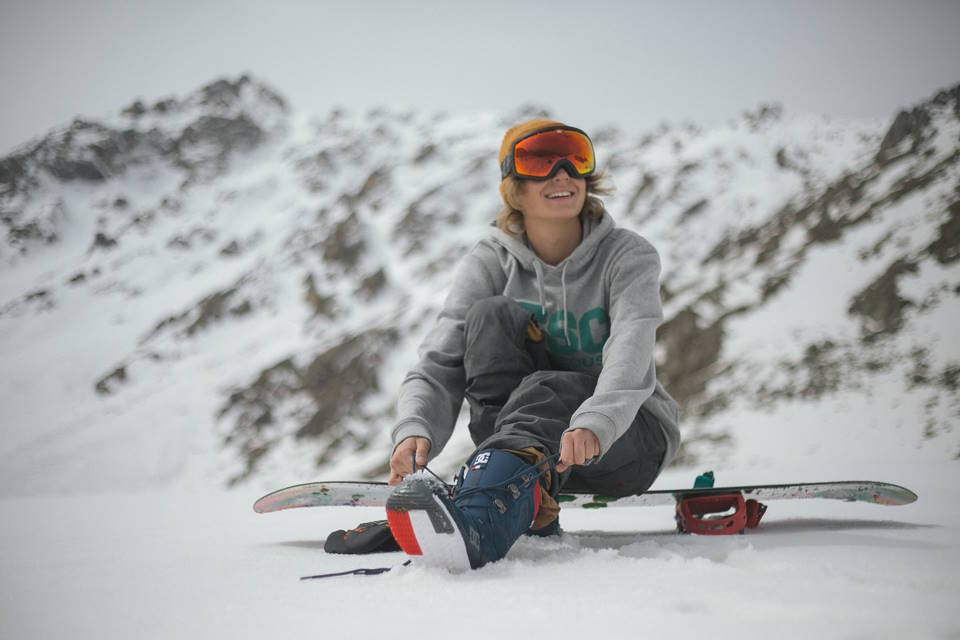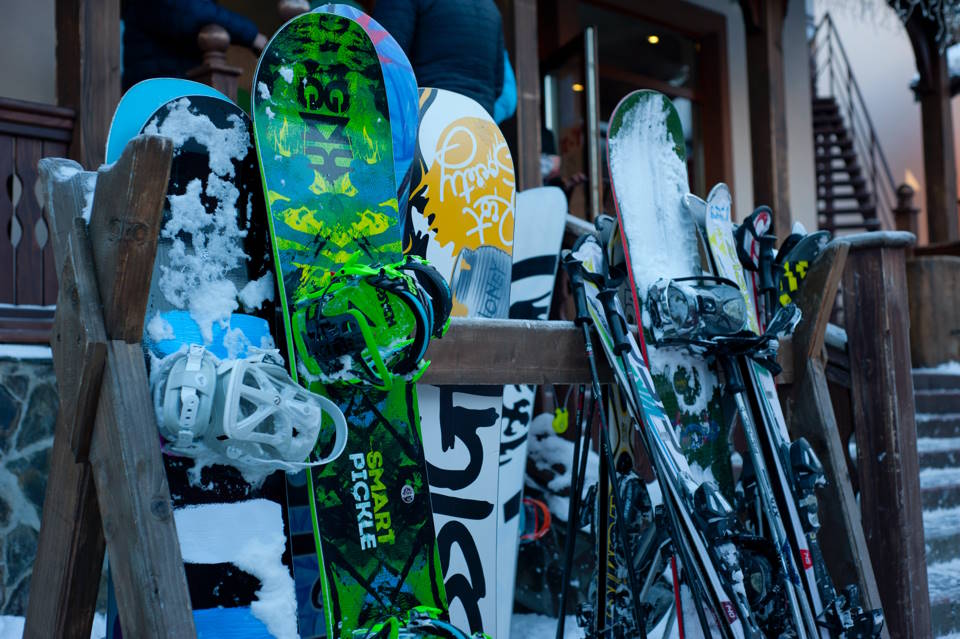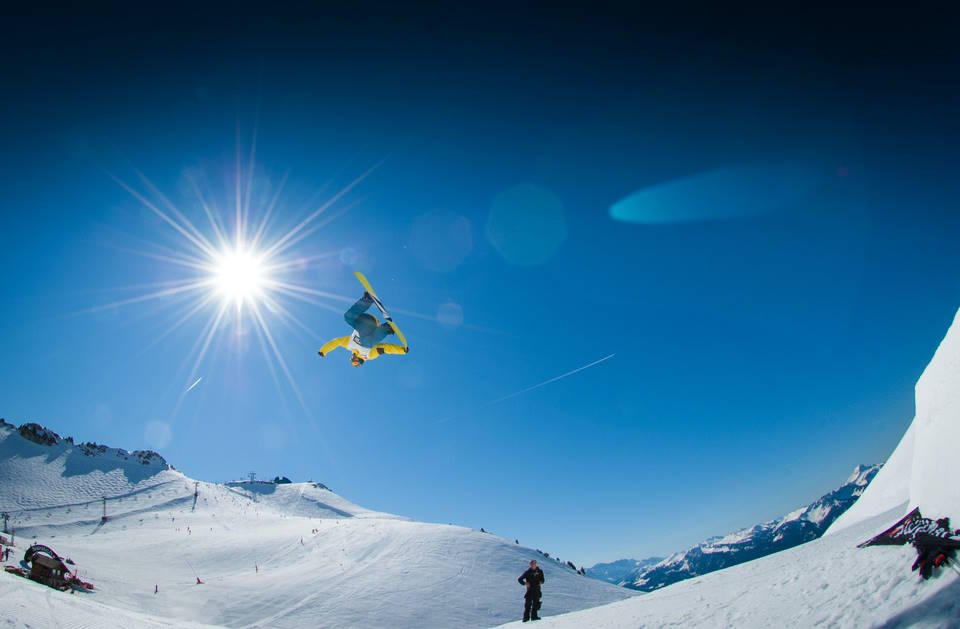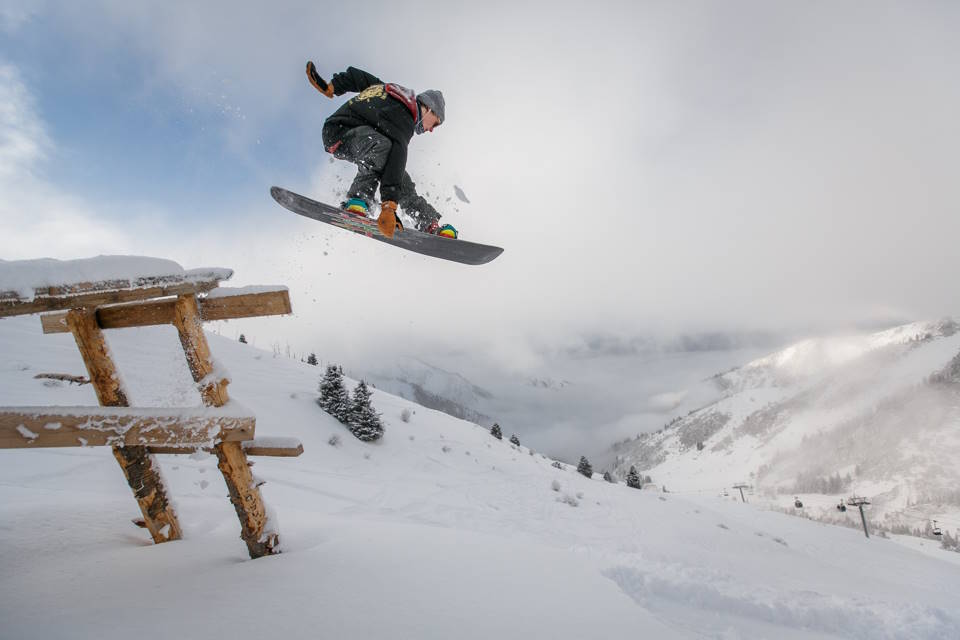Are you new to the world of snowboarding or looking to upgrade your gear? Understanding the different types of snowboards and identifying your personal riding style are crucial steps in finding the perfect board for your needs. In this blog post, we will explore the various snowboard types, from freestyle to all-mountain, and provide guidance on how to match board features to your preferred riding style. We’ll also offer valuable considerations for beginners to keep in mind as they navigate the process of selecting their ideal snowboard. Whether you’re a seasoned shredder or a newbie hitting the slopes for the first time, this guide will help you make an informed decision when it comes to choosing the right snowboard for you.
Understanding Snowboard Types
Snowboarding is an exhilarating sport that combines the grace of surfing with the thrill of winter sports. Whether you’re a seasoned pro or a newbie hitting the slopes for the first time, it’s important to understand the different types of snowboards available to find the perfect fit for your riding style. With so many options on the market, it can be overwhelming to choose the right one. But fear not! In this blog post, we’ll break down the different snowboard types and help you navigate the world of snowy shredding.
First up, we have freestyle snowboards. These boards are perfect for riders who love to hit the terrain park and perform tricks. They are typically shorter, lighter, and more flexible than other types of snowboards, allowing for quick turns and easy maneuverability. Freestyle boards often have twin shapes, meaning they are symmetrical in both the nose and tail, making it easier to ride switch (backward) as well. So if you’re all about jumps, rails, and halfpipes, a freestyle snowboard is the way to go!
Next, we have all-mountain snowboards. As the name suggests, these boards are designed to handle various conditions and terrains. Whether you’re carving down groomed runs, venturing into the backcountry, or hitting up the park, an all-mountain board has got you covered. These boards are typically stiffer and more stable, providing better control at higher speeds. They are also versatile enough to handle different types of snow, from powder to packed slopes. So if you’re a jack-of-all-trades on the mountain, an all-mountain snowboard is your best bet!
Identifying Your Riding Style
Have you ever tried snowboarding and found yourself struggling to figure out your own riding style? Don’t worry, you’re not alone! Identifying your riding style is an essential step in becoming a confident and skilled snowboarder. Whether you’re a newbie or an experienced rider, understanding your riding style can greatly enhance your overall snowboarding experience. So, how do you go about identifying your riding style? Let’s dive in and find out!
Firstly, it’s important to understand that everyone has their own unique riding style. This is influenced by a variety of factors, such as your physical abilities, preferences, and even personality traits. So, don’t compare yourself to others and embrace the style that feels most natural and enjoyable to you.
One way to identify your riding style is by considering your preferred terrain. Do you enjoy tearing down the groomed slopes at high speeds or are you more into exploring off-piste areas? If you find yourself gravitating towards the groomed runs, then you might have a freeride or all-mountain riding style. On the other hand, if you’re drawn to the untouched powder and enjoy challenging yourself in the backcountry, you might be more inclined towards freestyle or powder riding.
Another factor to consider is your preferred snowboarding techniques. Are you more comfortable carving smooth and precise turns, or do you enjoy getting airborne and trying out tricks in the terrain park? If you find yourself loving the feeling of carving down the mountain and enjoy the thrill of speed, then you might lean towards an aggressive riding style. However, if you prefer playful and creative maneuvers, you might have a freestyle or park riding style.
- Freeride
- All-Mountain
- Freestyle
- Park
Now that you have a better understanding of different riding styles, let’s see how you can match your board features to your style. The type of board you choose can greatly impact your performance on the slopes. For freeriders and all-mountain enthusiasts, a directional board with a stiffer flex and a longer nose can provide stability and control in variable terrain. If you’re more into freestyle and park riding, a twin-tip board with a softer flex and symmetrical shape can allow for easier maneuverability and switch riding.
| Riding Style | Preferred Terrain | Preferred Techniques | Ideal Board Features |
|---|---|---|---|
| Freeride | Off-piste, powder | Carving, speed | Directional board, stiffer flex |
| All-Mountain | Groomed slopes, variable terrain | Carving, versatility | Directional board, medium flex |
| Freestyle | Terrain park | Tricks, jumps | Twin-tip board, softer flex |
| Park | Terrain park, jibs | Rails, jibbing | Twin-tip board, medium flex |
Remember, these are just general guidelines and personal preference plays a significant role in choosing the right board for your riding style. It’s always a good idea to test different boards and seek advice from experienced riders or professionals to find the perfect match.
So, whether you’re a thrill-seeking freerider, an all-mountain explorer, a freestyle enthusiast, or a park junkie, identifying and embracing your unique riding style will help you truly enjoy the exhilarating world of snowboarding. Now, go hit the slopes and carve your way to endless fun!
Considerations For Beginners
Are you a beginner to the world of snowboarding? If so, you’re in for an exciting and thrilling ride! However, before you hit the slopes, there are some important considerations you should keep in mind. These will not only ensure your safety but also enhance your overall snowboarding experience. So, let’s dive into the key factors beginners should consider before embarking on their snowboarding journey.
Safety First!
When it comes to any sport, safety should always be the top priority, and snowboarding is no exception. As a beginner, it’s crucial to invest in appropriate safety gear. This includes a well-fitted helmet, wrist guards, knee and elbow pads, and impact-resistant clothing. These protective measures may seem excessive, but they will significantly reduce the risk of injury, especially during your initial stages of learning.
Choose the Right Board
As a beginner, selecting the right snowboard is paramount to your success on the slopes. There are different types of snowboards designed for various riding styles and terrains. For starters, consider opting for an all-mountain board, which provides versatility and stability across different snow conditions. Additionally, ensure the board’s length and width are suitable for your height, weight, and foot size. These factors will contribute to better balance and control while mastering basic techniques.
Taking Lessons
No matter how confident you may feel, taking lessons from a qualified instructor is highly recommended for beginners. Professional snowboarding instructors possess a wealth of knowledge and expertise to guide you through proper techniques and beginner-friendly slopes. They will help you establish a solid foundation and avoid developing bad habits that can hinder your progress later on. So, don’t be shy to sign up for lessons before venturing out on your own.
Be Prepared for Falling
One important aspect that many beginners overlook is the high likelihood of falling while learning how to snowboard. The grace and style that professional snowboarders demonstrate on the slopes take time to develop. So, don’t be discouraged by the occasional tumble. Embrace the falls as part of the learning process and always remember to get back up with a smile. After all, every fall brings you one step closer to nailing those awesome moves!
| PRO TIP: |
|---|
| Create a solid fitness routine before hitting the slopes. Strengthening your leg muscles and improving your balance through exercises such as squats, lunges, and yoga can greatly enhance your snowboarding skills. |
Matching Board Features To Your Style
When it comes to snowboarding, finding the right board that matches your style is essential for a great riding experience. Whether you’re a beginner or an experienced rider, understanding board features and their compatibility with your unique style can make all the difference on the slopes. In this blog post, we’ll dive into the different board features and how they can be matched to various riding styles.
1. Length and Flexibility:
- Shorter boards are generally more maneuverable and suitable for tricks and park riding. They offer quick turns and are ideal for riders who prefer a playful and nimble style.
- On the other hand, longer boards provide stability and better float in powder snow. They are excellent for high-speed riding and carving.
2. Camber and Rocker:
- Camber boards have an upward arch in the middle, which provides better edge grip, pop, and stability. They are ideal for aggressive and precise riding styles.
- Rocker boards have a reverse camber, making them more forgiving and effortless to maneuver. They are great for freestyle riders who enjoy buttering and jibbing.
3. Width:
- Wide boards are suitable for riders with larger feet as they prevent toe and heel drag. They provide stability and better balance, especially for those with a wider stance.
- Regular-width boards are ideal for riders with average-sized feet. They offer a good balance between agility and stability for most riding styles.
4. Shape:
- Directional boards have a defined nose and tail, with the nose being longer. They excel in powder snow and provide better stability for freeride and all-mountain riding.
- Twin boards are identical in shape, allowing riders to perform tricks and switch riding with ease. They are popular for freestyle and park riding.
By considering these key features and matching them to your preferred riding style, you can find the perfect snowboard that enhances your performance and enjoyment on the slopes. Remember, experimentation is the key to discovering your ideal board, so don’t be afraid to try out different combinations until you find the perfect fit!
| Board Feature | Matching Riding Style |
|---|---|
| Short Length | Tricks and Park Riding |
| Long Length | High-Speed Riding and Carving |
| Camber | Aggressive and Precise Riding |
| Rocker | Buttering and Jibbing |
| Wide Width | Larger Feet and Wider Stance |
| Regular Width | Average-Sized Feet |
| Directional Shape | Freeride and All-Mountain Riding |
| Twin Shape | Freestyle and Park Riding |

